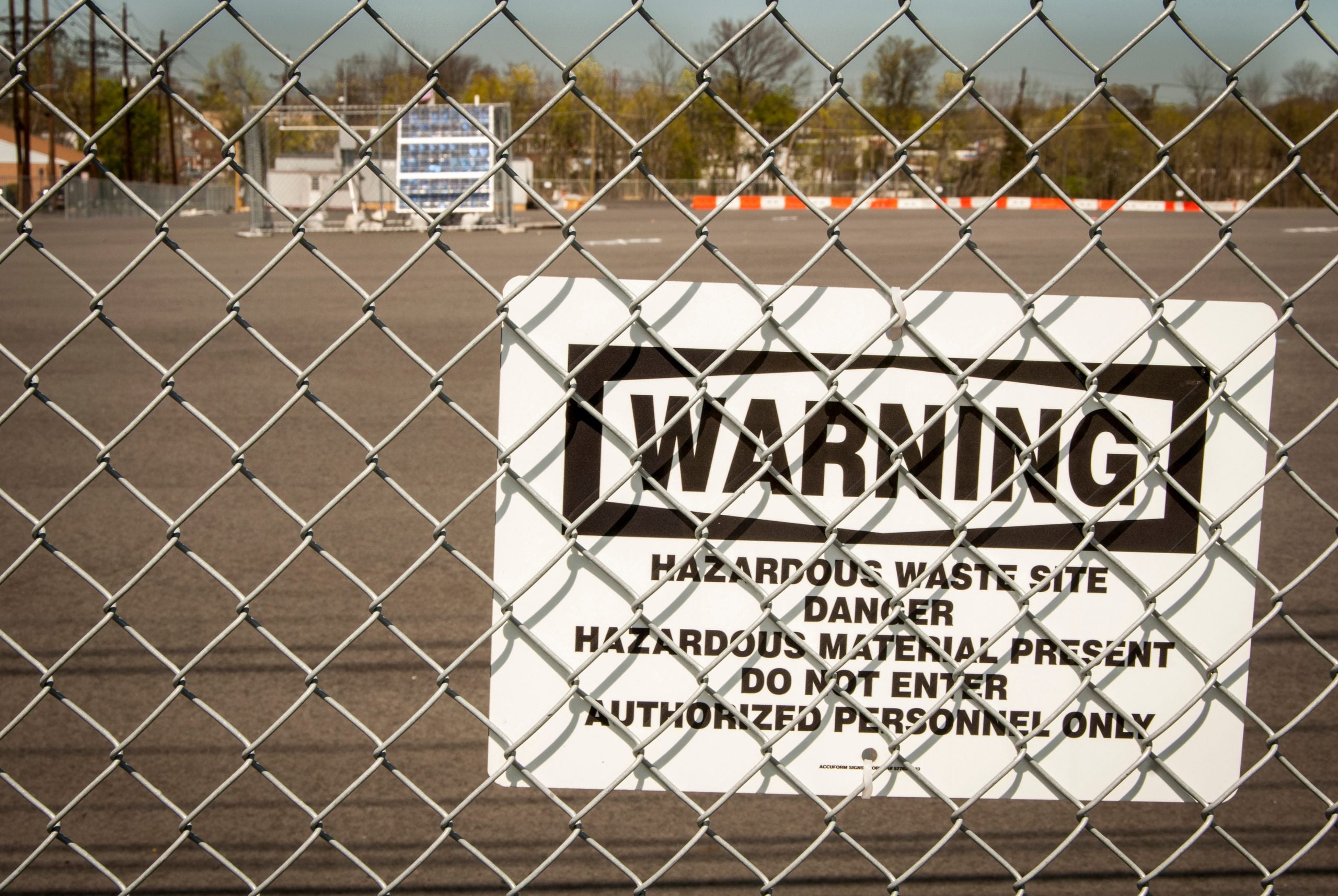
Righting the ship: A new chance for stronger protections against toxic chemicals
Richard Denison, Ph.D., is a Lead Senior Scientist.
In June 2016, Congress passed historic, bipartisan legislation overhauling the Toxic Substances Control Act, the country’s main chemical safety law, to better protect the public from harmful exposure to toxic chemicals. The Trump administration has spent the last four years working to undermine TCSA by driving its implementation dangerously off the rails.
Now, with President-elect Biden set to take the helm in January, there’s a tremendous opportunity not only to repair the damage done by the Trump administration, but also to use the law proactively to ensure that everyone in the country is better protected from hazardous chemicals — with attention to those whose health is most at risk and to communities where exposures are greatest.
Here are five ways to restore sound and legal implementation of the law and strengthen health protections for families across the country.
- Identify and eliminate chemical threats to those who are most at-risk
Under the law, the EPA must review the safety of chemicals in use today and those entering the market. These reviews must specifically evaluate the risks posed to populations that are particularly susceptible to health effects from exposure, such as pregnant women and children, and those that experience greater exposure, such as workers handling the chemicals or communities near industrial plants.
The Trump administration has blatantly flouted these requirements. Here is but one example: In the first batch of 10 chemicals reviewed, Trump’s EPA ignored the tens of millions of pounds of these chemicals released to air, water, and land every year. In doing so, it ignored the higher exposures, and underestimated the risks, experienced by communities closest to those releases. That means EPA won’t apply the protections needed to safeguard the health of these communities.
And for new chemicals that companies seek to commercialize, the agency has given the green light to hundreds of them after only cursory reviews that miss or dismiss the risks they pose – rendering the reviews even weaker than was the case under the old law.
Conducting the comprehensive risk reviews that TSCA requires is critical to protecting health — this should be a key aim for the Biden Administration.
- Make safety information public and fill data gaps
Most chemicals on the market today lack adequate health and environmental information to determine their risks. One of the key reforms to TSCA was enhancing the EPA’s authority to begin filling these data gaps and ensure it can make informed decisions about chemicals’ safety. Importantly, the law also requires the agency to make this information accessible to the public.
The Trump EPA has significantly undermined its safety reviews by ignoring its own authority to fill data gaps about chemicals’ health and environmental impacts and it has slow-walked the steps mandated under the law to make more information accessible to the public, state and local governments, and health and environmental professionals. As an example, an investigation by EDF and Earthjustice found the agency has lagged far behind in alerting the public when a new chemical is submitted for review, has allowed companies to hide health and safety information, and doesn’t screen companies’ confidentiality claims to determine whether the information is even eligible for protection from disclosure. Further, the agency has consistently approved new chemicals to enter the marketplace without sufficient information needed to evaluate potential risks.
Improving the rigor and transparency of the EPA’s decisions and making more chemical risk information public will be strong indicators that the new administration is setting TSCA back on the right path.
- Engage the communities that are most impacted
Some communities experience greater exposure to pollution, greater health risks from exposure, or both. This includes fenceline communities — those located closest to industrial facilities — that, due to discriminatory practices in facility siting and in housing policies, tend to be communities of color and low-wealth communities. Such communities also include those that face higher risks due to lack of access to health care and employment in higher-risk jobs.
Under TSCA, the EPA should be prioritizing the protection of such communities and actively engaging them when identifying which chemicals pose the greatest concern and when reviewing and deciding how to mitigate a chemical’s risks.
The Biden administration should direct the EPA to use its full authority under TSCA to make this happen.
- Restore the role of sound science in decision-making
The Trump Administration has taken countless actions across agencies to downplay or disregard science, but it has been particularly ruthless at the EPA.
One egregious example involves the agency’s risk evaluation for the cancer-causing chemical TCE, a common industrial solvent that pollutes the groundwater of millions of people and is found at over 350 Superfund sites across the country. Even very low exposures to TCE are linked to fetal heart defects that can have lifelong health consequences. Yet the Trump administration’s risk evaluation of TCE excluded the impact on fetal heart defects — a choice that an investigative report revealed was due to White House political interference.
Understanding the risk we face from a chemical requires examining all exposures to it, as well as other factors such as health status, life stage and exposure to other agents that can amplify the risk. The reforms to TSCA open the door to adopting a more-comprehensive approach as we seek to understand and mitigate the cumulative impacts of chemical exposures. The new administration must ensure that all of EPA’s actions and decisions for chemical safety are based on objective scientific evidence.
- Appoint experts suited to the mission of protecting health
It’s no secret that the Trump EPA has been dominated by people who’ve spent much of their careers fighting to block environmental safeguards. Nancy Beck was a top staffer at the American Chemistry Council — the industry’s main lobbying group — before she was handpicked to help oversee the EPA’s chemical safety office. The administration also appears intent on stacking critical advisory committees, including the Scientific Advisory Committee on Chemicals, the TSCA scientific advisory body, by appointing members with serious conflicts of interest.
The new administration should ensure that the staff it hires, including political appointees, and expert advisors on chemical safety, are free of all conflicts of interest and have the necessary expertise, independence and objectivity to provide sound advice. Further, such individuals should be committed to advancing the chemical safety program’s charge and carrying out the EPA’s mission to protect human health and the environment.
It’s time to implement TSCA as intended, to protect all people from toxic chemicals.












